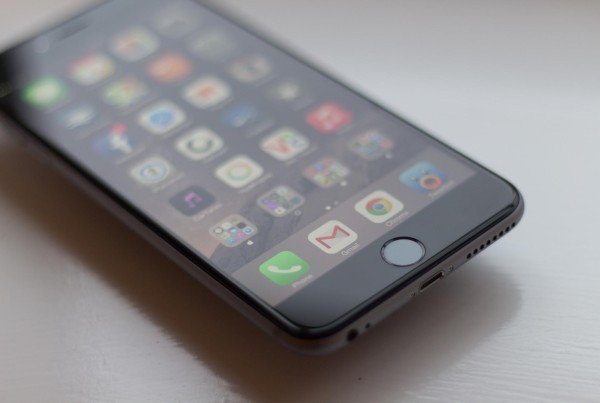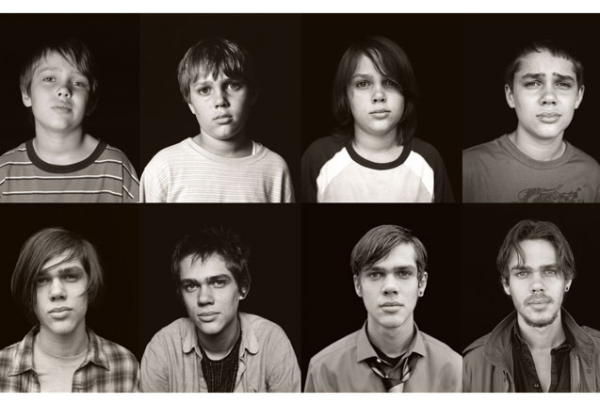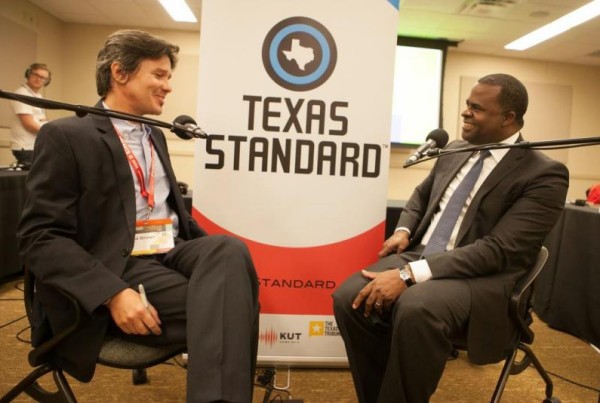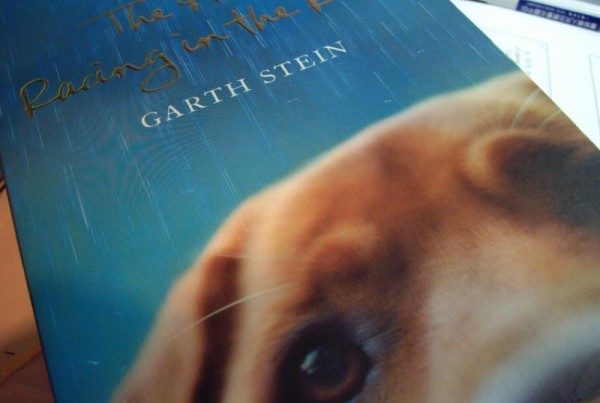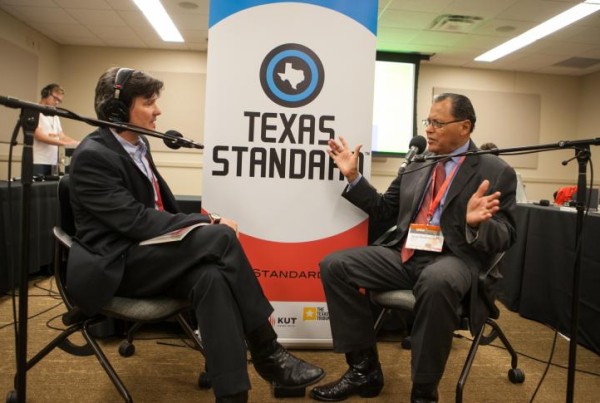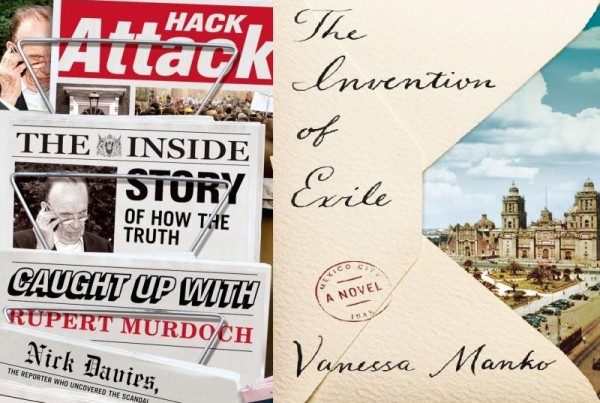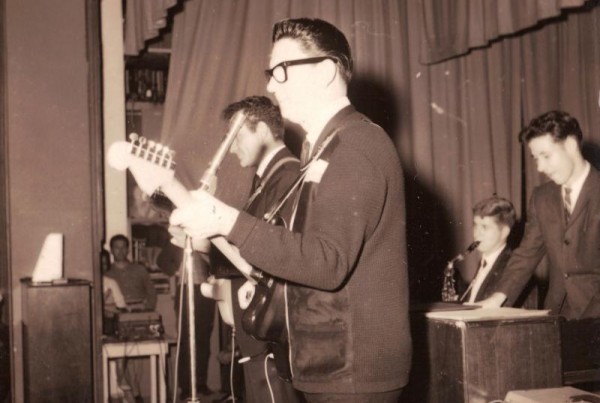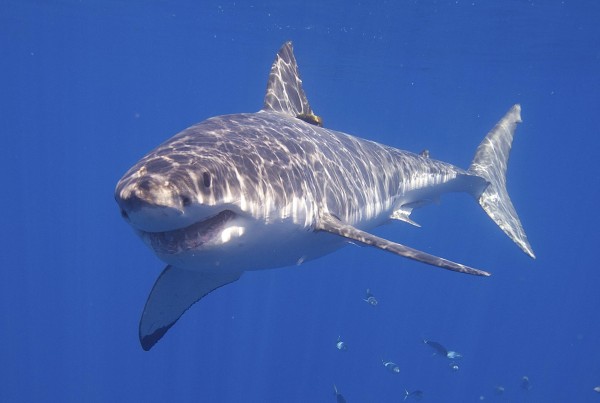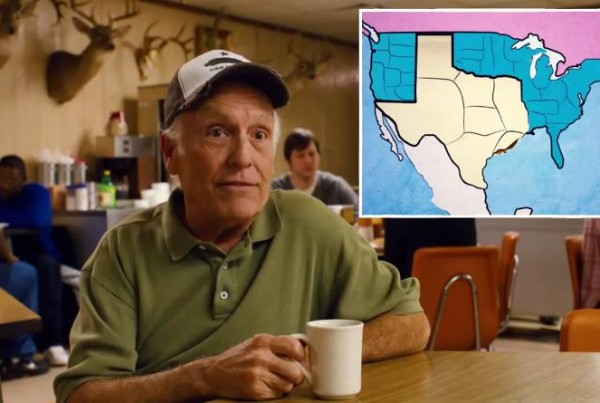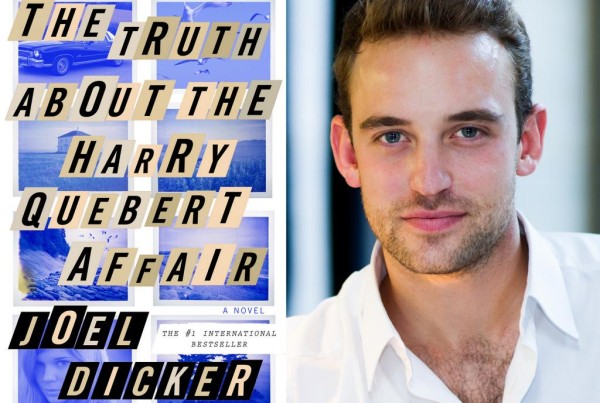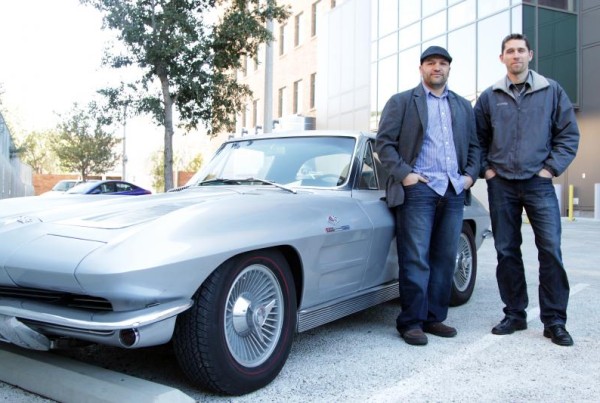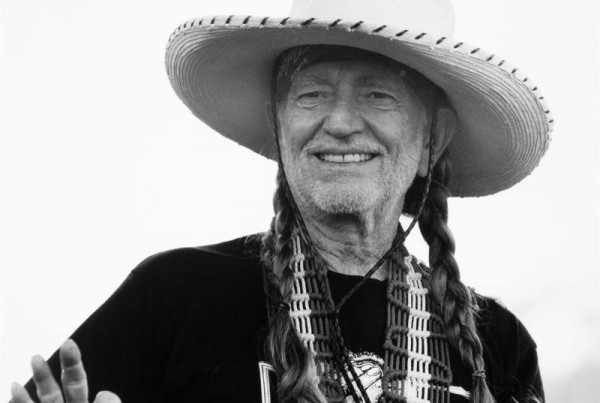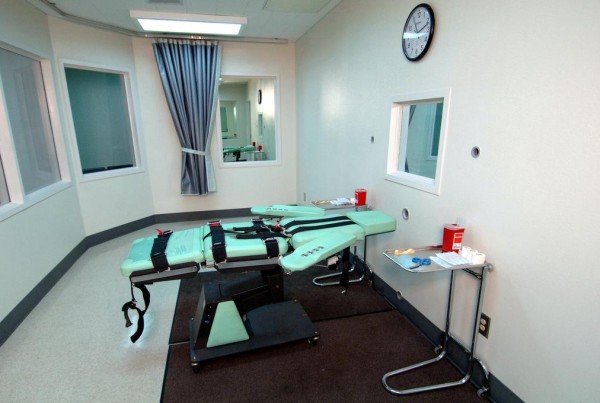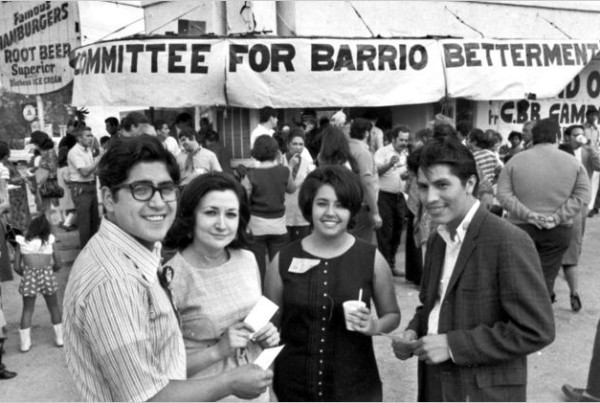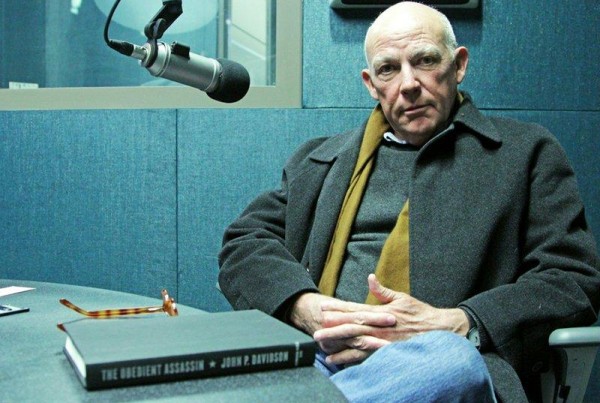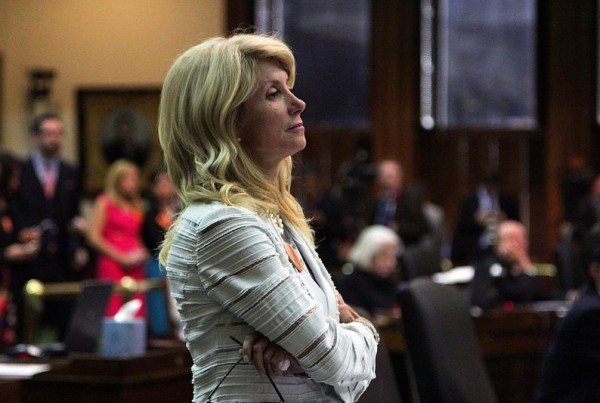Today is the third annual National Ugly Christmas Sweater Day. The garish garments have been around since the 1950s, when they were originally considered (unironically) beautiful. Chevy Case help lead the kitschy sweater comeback in the ’80s in National Lampoon’s Christmas Vacation.
Now the trend is making a comeback. According to the “Ugly Christmas Sweater Party Book: The Definite Guide To Getting Your Ugly On,” ugly sweater parties may have originated in Vancouver in 2001. Catching on social media, the tradition snowballed from there.
Now Visa and the U.S. Post Office are using ugly sweaters in their holiday marketing campaigns; Jimmy Fallon is doing the “12 Ugly Sweaters of Christmas” as a segment
on his late-night talk show.
Jeremy Turner owns the Ugly Christmas Sweater Shop in Dallas. It’s the fourth year Turner has sold vintage holiday sweaters. “I think our shop will sell about 8,000 sweaters this year,” he says. “It’s crazy.”
Turner isn’t the only entrepreneur cashing in on ugly sweaters. Forever Collectibles, the company licensed to make the official ugly sweaters for the NFL and NBA, is projecting sweater sales of $10 million.
Though ugly Christmas sweaters are the hot holiday trend of 2014, some think their novelty is going to wear out. “Invariably these trends of trends will reach some sort of peak or culmination,” says Ben Bentzin, a marketing professor with the McCombs School of Business at UT-Austin. “Invariably they’ll collapse, because they have no substance underneath them,” he says.
Bentzin adds that when you put your money behind a trend, you have to know when to get out. As far as ugly Christmas sweaters go, that time might be now.
While Turner is selling more ugly sweaters than ever in his Dallas store, his profit margins are shrinking. He used to be able to buy a sweater for a couple of dollars at a thrift store and resell it for as much as $30. Now he struggles to find them for less than $20.
Speculation in the vintage market makes it cheaper to get a brand new ugly Christmas sweater from retailers like Forever 21 or Party City. But Turner says if you go for convenience, you’re missing out on a one-of-a-kind treasure.
“I think their sweaters are lame, they’re not funny at all,” he says. “They’re not even good at making bad designs.”
There’s also the environmental aspect to consider.
Elizabeth Cline is the author of “Overdressed: The Shockingly High Price of High Fashion.” She says when the trend dies, the sweaters will live forever in a landfill. “A lot of them are made out of synthetic materials and synthetics don’t biodegrade,” Cline says. Clothing cast-offs also make their way overseas, but Cline says “last time
I checked there’s not a big market for Christmas sweaters in Africa.”
That’s why Turner is considering a buyback program to make sure the sweaters don’t go to waste.
Even if the trend is on its last legs, Turner might want to hold on to his sweater stash – Bentzin says trends reenter the zeitgeist every 20 years or so.
As for this round, Bentzin thinks there’s one telltale sign that the bubble is about to burst. When the attention in traditional media and social media reaches a fever pitch, it’s usually a clue that we’re going to see a downturn – so by reading this story, you might be complicit in killing the ugly Christmas sweater trend.

















